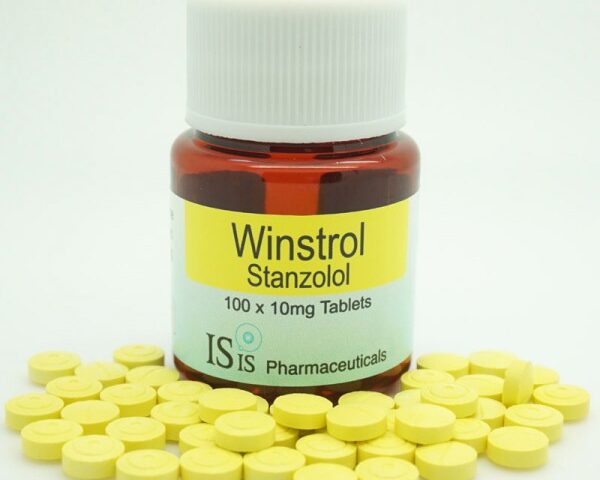Introduction: Anabolic steroids have long been a subject of fascination and controversy. These synthetic substances, often associated with athletes and bodybuilders, have been the source of heated debates, medical discussions, and ongoing research. This article will delve into the world of winstrol buy online, exploring their history, medical applications, risks, and the broader societal context in which they are used.
What Are Anabolic Steroids?
Anabolic steroids are synthetic variations of the male sex hormone testosterone. They were originally developed in the early 20th century to treat a variety of medical conditions, including delayed puberty and muscle-wasting diseases. They work by increasing the body’s ability to build muscle and reduce inflammation. This makes them attractive to athletes, bodybuilders, and individuals seeking enhanced physical performance.
Medical Applications
Anabolic steroids have legitimate medical uses. They are prescribed by healthcare professionals for the following conditions:
- Hormone Replacement Therapy: Anabolic steroids are use to treat individuals with low testosterone levels, helping to alleviate symptoms such as fatigue, depression, and reduce muscle mass.
- Muscle-Wasting Diseases: They are administer to patients with conditions like HIV/AIDS and cancer to counteract muscle loss.
- Delayed Puberty: In some cases, anabolic steroids are prescribe to teenagers who experience delayed puberty.
Controversy and Misuse
The controversy surrounding anabolic steroids primarily stems from their misuse in the world of sports and bodybuilding. Athletes and bodybuilders use them to gain a competitive edge or to rapidly increase muscle mass. However, this misuse can lead to a range of health problems, including:
- Cardiovascular Issues: Steroid abuse can lead to an increased risk of heart attacks, strokes, and high blood pressure.
- Psychological Effects: Some users experience mood swings, aggression, and even psychiatric disorders like depression and paranoia.
- Hormonal Imbalances: The body’s natural production of testosterone can be disrupte, causing infertility, impotence, or testicular atrophy.
- Liver and Kidney Damage: Steroid abuse can lead to liver and kidney damage, potentially requiring transplant surgery.
- Addiction: Some users become psychologically dependent on anabolic steroids, leading to withdrawal symptoms when they try to stop using them.
Regulation and Legality
To curb the misuse of anabolic steroids, many countries have strict regulations in place. In the United States, anabolic steroids are classified as Schedule III controlled substances, meaning their sale and possession without a prescription are illegal. Athletes caught using steroids in professional sports often face penalties, including suspension or disqualification.
The Societal Impact
The use of anabolic steroids extends beyond athletics and bodybuilding. Social and cultural factors play a role in their prevalence. The media’s portrayal of idealized body images, the desire for quick results, and societal pressures to conform to certain beauty standards have contributed to the misuse of steroids.
Education and Prevention
Efforts to combat steroid misuse include education, prevention, and rehabilitation programs. Schools, sports organizations, and healthcare providers often work to educate young individuals about the risks and consequences of steroid abuse. Additionally, access to safe and legal alternatives, along with counseling services for those struggling with substance abuse, is crucial.
Conclusion
Anabolic steroids are a complex and multifaceted topic, with both legitimate medical applications and a long history of misuse. The controversy surrounding these synthetic hormones highlights the need for a balanced approach that recognizes their therapeutic potential while addressing the risks associated with their misuse. As societal perceptions continue to evolve, it’s essential to provide education and support to individuals who may be at risk of steroid abuse and to promote a healthier, safer approach to achieving physical fitness and performance goals.

